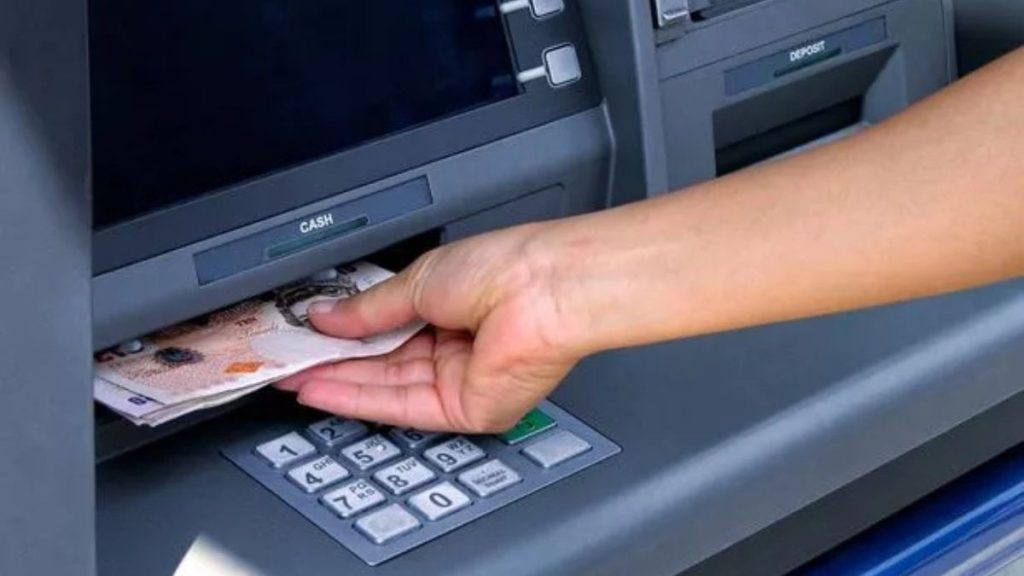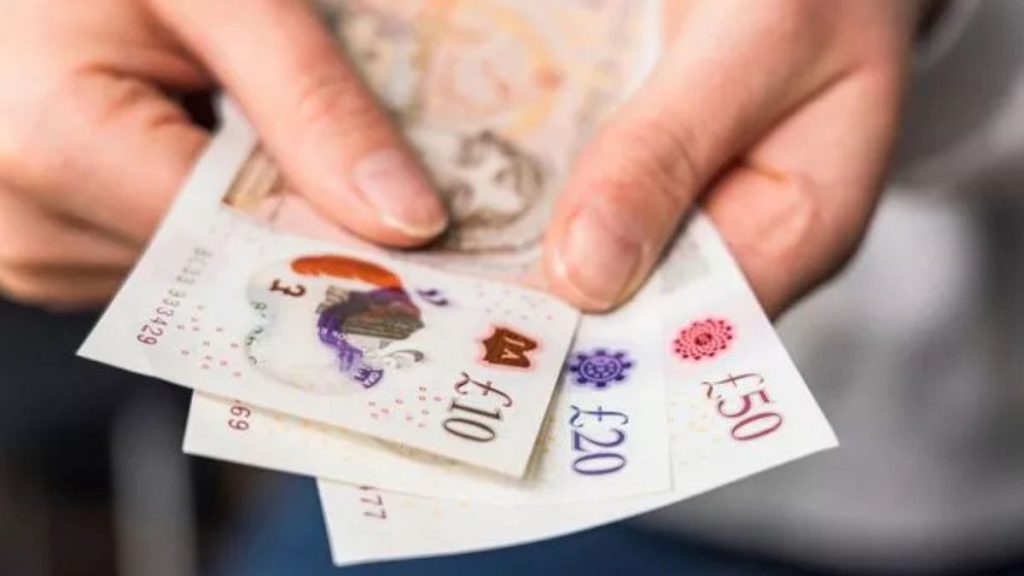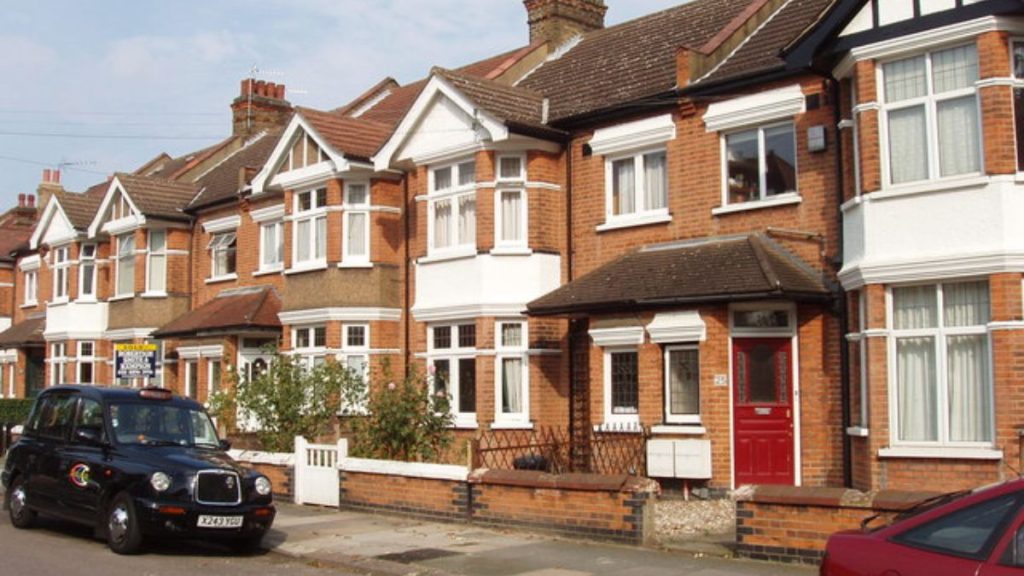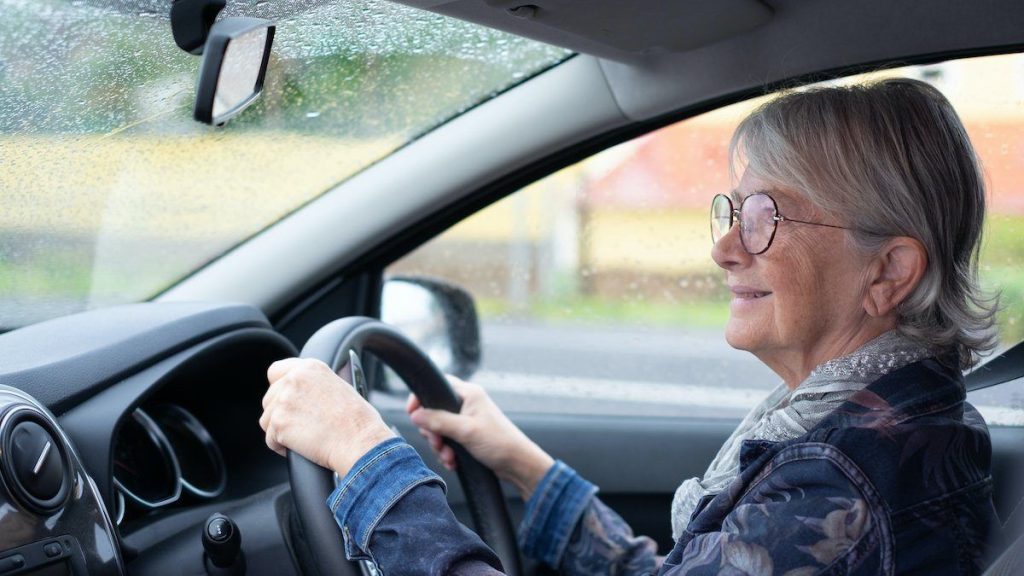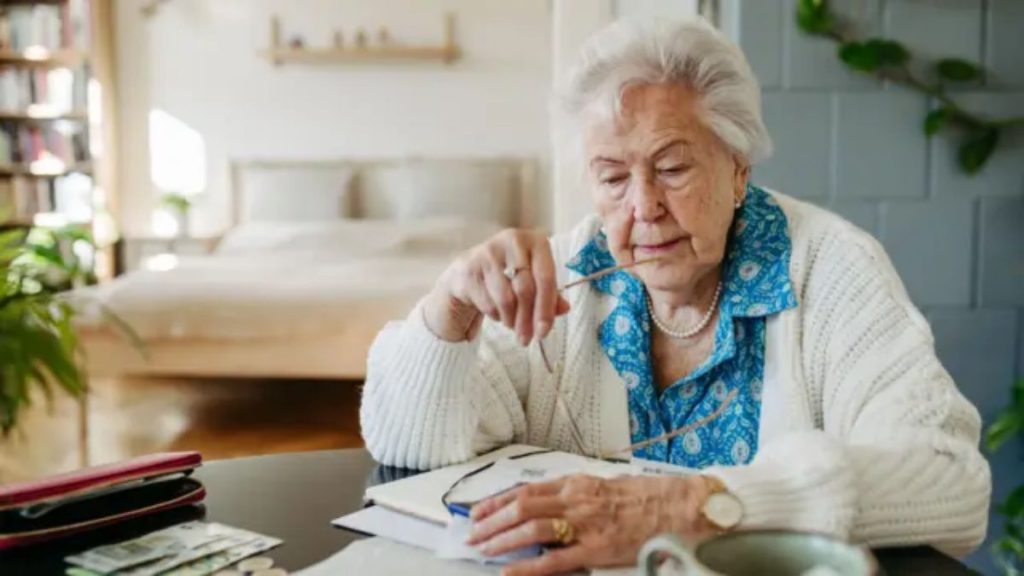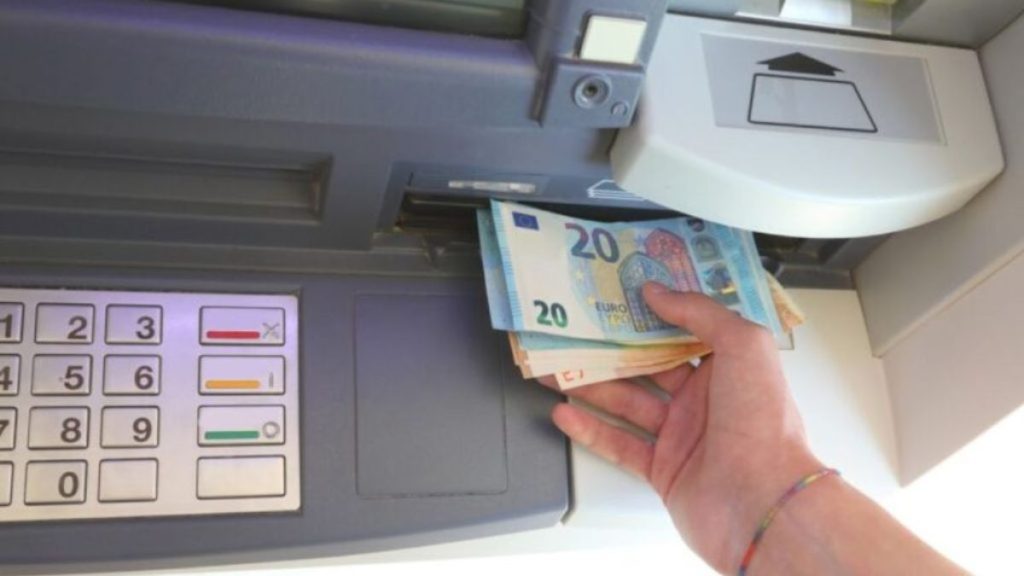The UK government has announced a £200 cost-of-living payment for eligible residents set to be distributed in October 2025. This initiative is aimed at providing financial relief amid rising living costs across the country. Eligible individuals can expect the payment to help cover essential expenses such as energy bills, groceries, and other household costs. Understanding who qualifies and how the process works is vital for residents to ensure they don’t miss out on this support.**
A timely payment designed to ease pressure (cost of living support 2025)

The £200 cost-of-living payment lands at a pivotal moment for households grappling with stubbornly high prices. While inflation has cooled from its peak, the cost of essentials—from heating and power to basic groceries—remains elevated. This one-off payment is intended to soften the blow for those most exposed to price rises, acting as a stop-gap while wider support schemes and benefits continue to run in the background.
Why the government is issuing a one-off grant (policy intent and context)
Ministers have opted for a flat, one-time £200 injection to deliver fast, targeted relief with minimal red tape. Rather than create a new application-heavy scheme, the approach leans on existing benefit systems so that eligible people are identified automatically wherever possible. The premise is simple: get money to those most in need, quickly and securely, without overloading claimants with paperwork.
Who is most likely to qualify (eligibility snapshot)
Broadly, eligibility is tied to low-income households and individuals already recognised within the welfare system. That includes people on Universal Credit, Pension Credit, and other means-tested benefits. Targeting via established benefits helps ensure payments reach households under the greatest strain—families with children, single-income homes, carers, and pensioners on modest means.
Checking your status before October (how to verify)
If you receive Universal Credit, Pension Credit, or qualifying tax credits, you will likely be picked up automatically by departmental systems. Even so, it pays to double-check your details: log in to your DWP or HMRC account to confirm your address, bank information, and current benefit status. If anything has changed—like a house move or bank switch—update it now to avoid last-minute delays.
How the money will reach you (payment mechanics)
For most recipients, the £200 arrives via direct deposit into the bank or building society account used for existing benefits. This keeps processing straightforward, reduces the risk of fraud, and ensures funds arrive in time to cover urgent bills. In limited cases where no bank account is registered, a cheque or alternative arrangement may be used, but digital transfer remains the default.
What if you are not paid automatically (the application route)
Not everyone who needs help is on a qualifying benefit. If you think you meet the criteria but are not on an eligible payment, the government has provided an application path. That typically involves submitting proof of identity, income, and residency, alongside any supporting documents that verify your circumstances. The golden rule: apply early, because October processing windows can get busy.
When the £200 will be paid (timeline and notifications)
Payments are slated to begin in October 2025, with rolling deposits throughout the month. Exact days can vary by benefit type and bank processing times. Watch for alerts through official letters, emails, or notifications in your online DWP/HMRC account. If your payment has not landed by the end of the published window, contact the relevant department with your National Insurance number and benefit details to trigger a trace.
How to use the £200 most effectively (budget triage)
While £200 will not solve every budgeting challenge, it can create valuable breathing space if used strategically. Financial counsellors recommend a simple order of operations:
- Cover priority bills (energy, rent/council tax shortfalls, essential travel),
- Stock core groceries and household items,
- Set aside a small emergency buffer if possible.
If you carry high-interest debt, consider a targeted payment that prevents fees or default.
Households most likely to feel the benefit (who gains)
The payment is particularly impactful for pensioners on Pension Credit, low-income families with children, and people with disabilities facing higher daily costs. For some, the £200 may help stabilise a prepayment meter balance before winter, prevent arrears on essential bills, or fund necessary medical and care-related purchases that cannot be deferred.
Interaction with other benefits (what changes, what doesn’t)
The government has indicated the £200 is tax-free and not intended to count towards the benefit cap or trigger reductions in other means-tested support. In other words, it should sit alongside existing entitlements, not replace them. Still, if you receive multiple forms of support, it’s wise to check your online account after payment to confirm everything has been applied correctly.
What to do if your circumstances change (mid-cycle updates)
Eligibility is grounded in your status in October 2025. If you move, change bank, or your benefit status shifts close to the payment window, notify the relevant department immediately. Late or inaccurate records are a common reason for payment delays. Keep records of any updates (date, time, confirmation reference) so you can evidence changes if you need to chase.
How to avoid scams during payout season (fraud awareness)
Payout periods tend to attract fraudsters. Remember: official bodies will never ask for your PIN, password, or to move money to a ‘safe’ account. If you receive a text, email, or call asking for bank details to “release” your £200, ignore it and contact the department via the official number on GOV.UK. When in doubt, hang up and call back using a verified channel.
Applying if you don’t receive qualifying benefits (documentation checklist)
If you are outside the automatic routes, gather the essentials before applying:
- Photo ID (passport, driving licence),
- Proof of address (recent utility or council tax bill),
- Income evidence (payslips, benefit letters, statements),
- National Insurance number.
Submit clean, readable scans and keep copies. Incomplete or blurry documentation is the biggest cause of slow approvals.
Using local support while you wait (councils and charities)
If your budget is already stretched, consider interim help: Household Support Fund programmes via your local council can sometimes assist with food or utility vouchers. Community organisations and advice centres may also provide short-term relief, energy-saving advice, and practical support while you await your October payment.
Additional national help to consider (stacking support)
Depending on your circumstances, you may also be eligible for:
- Warm Home Discount (subject to supplier rules),
- Council Tax Support (means-tested, varies by area),
- Discretionary Housing Payments (for rent shortfalls),
- Social tariffs for broadband and priority services with energy firms.
Layering these with the £200 can create a more stable financial base through winter.
How to plan your month around the payment (practical calendar)
Build a simple October calendar: mark your usual benefit dates, the expected £200 window, direct debit outgoings, and any irregular costs (e.g., school uniforms, appliance repairs). By aligning the arrival of the £200 with high-impact bills, you reduce the risk of missed payments and bank charges.
If you changed banks recently (avoiding mis-directed funds)
Recently closed or switched accounts can cause hiccups. If you used the Current Account Switch Service, most regular government payments should transfer automatically. Even so, log into your benefit account and verify that your new sort code and account number are listed. If not, update them now and keep the confirmation email.
What if you are paid late (chasing a missing payment)
First, check your bank’s pending transactions and your DWP/HMRC messages. If nothing appears, contact the department after the official window closes. Provide your National Insurance number, confirm your identity, and request a payment trace. Ask for a reference number and note the name of the agent you spoke with.
Why payments are not backdated by default (scope of the scheme)
The £200 is intended as an October 2025 relief measure. As a result, backdating is not standard. Late applications may still be considered where clear administrative error is proven, but the safest path is to confirm eligibility and details before the payment window opens.
How the £200 fits into the bigger picture (wider affordability strategy)
This payment sits alongside long-running benefits and credits designed to support people on low incomes, disabled adults and children, and pensioners. The government has encouraged residents to check eligibility for ongoing entitlements—especially Pension Credit, which can unlock not only extra monthly income but also access to other support.
Stretching every pound (practical tips that work)
Small habits add up:
- Submit meter readings around billing dates to avoid inflated estimates.
- Ask suppliers about hardship schemes or payment plans before arrears build.
- Batch-cook or bulk-buy staples when prices are favourable.
- Review subscriptions and cancel underused services.
- Claim workplace benefits (season-ticket loans, childcare vouchers where applicable).
For carers and households with additional needs (tailored advice)
If you support someone with a disability or long-term condition, consider specialist advice lines. You may be eligible for Carer’s Allowance, PIP, or Attendance Allowance in addition to the £200 payment. These benefits can be complex; a short session with a welfare adviser can clarify what to claim and how to do it without jeopardising other support.
Avoiding common mistakes (top four pitfalls)
- Out-of-date bank details—update them early.
- Overlooking eligibility—use the GOV.UK checker even if you assume you don’t qualify.
- Missing letters or emails—add official domains to your safe senders and keep post organised.
- Falling for scams—never share security credentials; independently verify any request.
What to expect after October (next steps)
Treat the £200 as a support step, not a solution. After payment, review your budget, revisit entitlements, and—if you can—start a micro-emergency fund. Even £5–£10 set aside per week can provide a cushion against surprise costs later in the year.
Five FAQs (concise, helpful, newsroom tone)
Q1. Who will receive the £200 automatically?
People on qualifying, means-tested benefits such as Universal Credit or Pension Credit are typically identified automatically. Check your DWP/HMRC account to confirm.
Q2. When exactly will I get paid?
Payments begin in October 2025 and are made in waves. Banks may take a few days to clear funds. If nothing arrives by the end of the stated window, contact the department to request a trace.
Q3. Do I need to apply if I’m already on Universal Credit or Pension Credit?
Usually, no. Most eligible residents on qualifying benefits will be paid automatically. If you are not on these benefits but believe you qualify, follow the application route on GOV.UK.
Q4. Is the £200 taxable or counted towards the benefit cap?
The payment is tax-free and not intended to count towards the benefit cap. It should not reduce other entitlements.
Q5. What should I do if my bank details or address changed recently?
Update your details in your DWP/HMRC online account immediately. Keep a record of the change (date, confirmation reference) to help resolve any issues swiftly.










